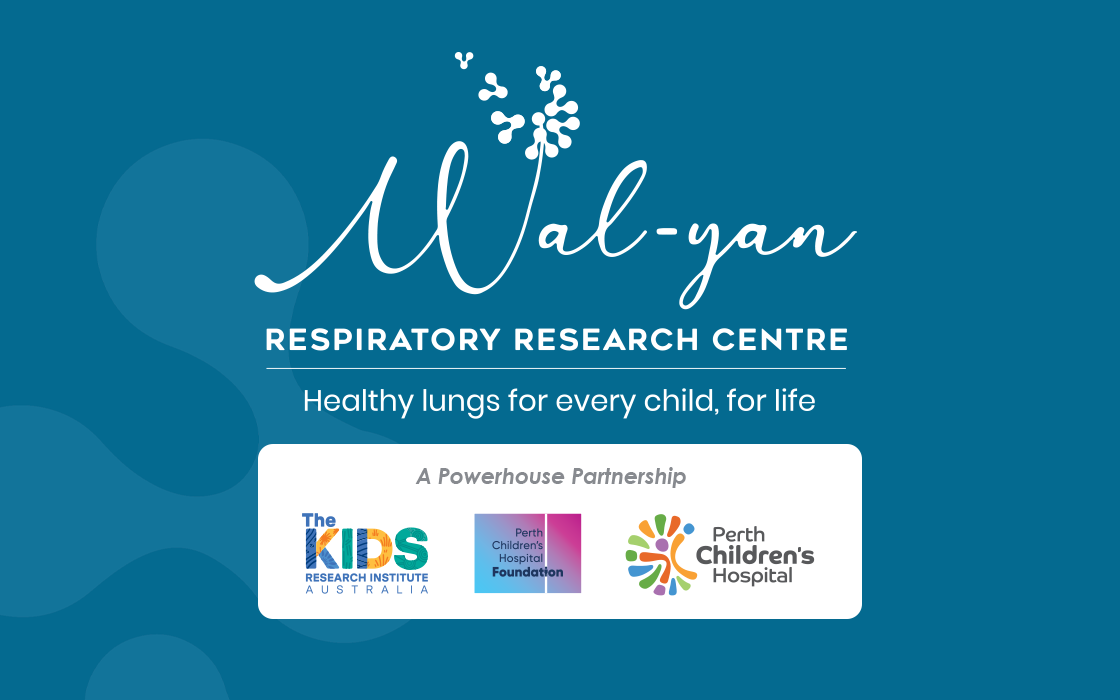Search
Showing results for "clinical trials"
Research
Family satisfaction following spinal fusion in Rett syndromeFamilies participating in the population-based and longitudinal Australian Rett Syndrome Database whose daughter had undergone spinal fusion provided data on...

News & Events
DiabHQ App RolloutThe new DiabHQ Patient Portal App for WA children and families living with type 1 diabetes is set for rollout from November.

A decade long partnership with Wesfarmers Ltd. and the Wesfarmers Centre of Vaccines and Infectious Diseases has led to world-class paediatric research and important collaborations fuelling the Centre’s trajectory towards easing the burden of infectious diseases.

The Wal-yan Respiratory Research Centre is made up of multi-disciplinary teams that are committed to improving the lives of children and their families living with respiratory disease.
Research
Delayed airway epithelial repair is correlated with airway obstruction in young adults born very pretermNasal epithelial cells from young adults with a history of very preterm birth show delayed closure following scratch-wounding. Repair correlated with lung function, suggesting epithelial barrier integrity may play a role in preterm-associated lung disease.
Research
Preterm Paediatric Inhaled Corticosteroids Intervention (PICSI)Understanding if ongoing inflammation in the lungs contributes to the poor lung health experienced by some children who were born preterm.
Research
Effect of posture on lung ventilation distribution and associations with structure in children with cystic fibrosisBackground: We assessed the effect of posture on ventilation distribution and the impact on associations with structural lung disease.
Research
Altered lung structure and function in mid-childhood survivors of very preterm birthTo obtain comprehensive data on lung structure and function in mid-childhood from survivors of preterm birth.
Research
Evidence of a reduction over time in the behavioral severity of autistic disorder diagnosesWe examined whether there were changes over time in the qualitative and quantitative phenotype of individuals who received the diagnosis of Autistic Disorder.
Research
Maternal immune-related conditions during pregnancy may be a risk factor for neuropsychiatric problems in offspring throughout childhood and adolescenceEmerging research suggests that maternal immune activation (MIA) may be associated with an increased risk of adverse neurodevelopmental and mental health outcomes in offspring. Using data from the Raine Study, we investigated whether MIA during pregnancy was associated with increased behavioral and emotional problems in offspring longitudinally across development.
